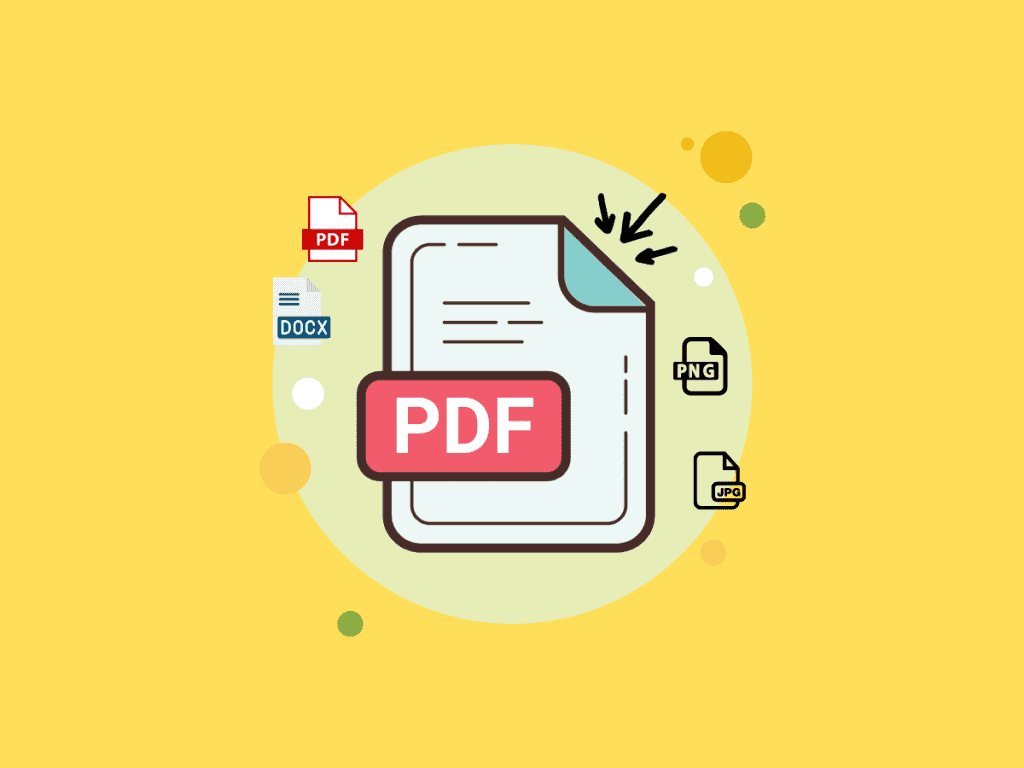A Beginner's Guide to Drafting Form 6252: Installment Sale Income
Learn how to fill out IRS Form 6252 for installment sales. Understand what to include, how it works, and tips to report income accurately while deferring gains via Opportunity Funds.

Earning an income means you sell something for more than you originally paid for. In such cases, you have to report the income on your taxes for the sale. In business, however, buyers usually spread out the payment for more than a year. In such situations, the Internal Revenue Service (IRS) refers to this as an "installment sale."
Taxpayers must use Form 6252 (Installment Sale Income) to report income from installment sales of real or personal property. Installment sales occur when at least one payment is received after the end of the tax year.
If you need to report your income from installment sales, you will need to know how to write IRS form 6252. Here is what you need to know about this form.
How to Write A Form 6252
Now that you know what form 6252 is, the next step is the process of actually writing form 6252 Installment Sale Income.
The basics that you have to include in the form are your name and identification number. For individuals, you will need to include your Social Security Number. But for a corporation, you will need to include your Employer Identification Number.
Following this, you will need to provide more information about your property, its description, acquisition date, and sale date. This guide will teach you what to include in the form
What to Include When Writing a Form 6252
These are the parts that you need to include in your form 6252 creation:
Part I: Gross Profit and Contract Price
You will need to complete this section for all years of the installment agreement.
- Line 5 - Selling price including mortgages and other debts
- Line 6 - Mortgages, debts, and other liabilities the buyer assumed or took the property subject
- Line 7 - Subtract line 6 from line 5
- Line 8 - Cost or other basis of property sold
- Line 9 - Depreciation allowed or allowable
- Line 10 - Adjusted basis. Subtract line
- Line 11 - Commissions and other expenses of sale
- Line 12 - Income recapture from Form 4797, Part III
- Line 13 - Add lines 10, 11, and 12
- Line 14 - Subtract line 13 from line 5. If zero or less, don't complete the rest. of the form.
- Line 15 - If the property on line 1 is your main home, you will need to enter the amount of your excluded gain. Otherwise, enter 0.
- Line 16 - Gross profit. Subtract line 15 from line 14.
- Line 17 - Subtract line 13 from line 6. If zero or less, enter 0.
- Line 18 - Contract price. Add line 7 and line 17
Part II: Installment Sale Income
You will need to complete this part for all years of the installment agreement
- Line 19 - Gross profit percentage. Divide line 16 by line 18.
- Line 20 - If this is the year of the sale, enter the amount from line 17. Otherwise, enter 0.
- Line 21 - Payments received during the year. Don't include interest, whether stated or unstated.
- Line 22 - Add lines 20 and 21.
- Line 23 - Payments received in prior years. Don't include interest, whether stated or unstated.
- Line 24 - Installment sale income. Multiply line 22 by line 19.
- Line 25 - Enter the part of line 24 that is ordinary income under the recapture rules.
- Line 26 - Subtract line 25 from line 24.
Part III: Related Party Installment Sale Income
You do not need to complete this if you received the final payment within the tax year.
- Line 27 - Name, address, and taxpayer identifying number of related party.
- Line 28 - Answer if the related party resell or dispose of the property during this tax year.
- Lines 29 to 37 - Answer only if you answered "yes" to line 28. Otherwise, leave it blank.

Download IRS Form 6252 Template
To help you save time, you can sign up for a free account on Fill to get access to form 6252 template.
Recommended Strategies When Writing a Form 6252
There are special considerations in place when you are drafting form 6252 installment sale. These considerations were implemented in 2018 to allow taxpayers to defer a portion or all of their capital gains into a Qualified Opportunity Fund (QOF).
To qualify for a deferral, you need to consider the following items:
- The investment in the fund should be done within 180 days.
- You will need to file form 8949 with the return. The deferrals are elected on this form.
- The investment in the QOF needs to be an equity interest instead of a debt interest.
Keep in mind, real estate agents and brokers should note that the installment sale excludes the disposition of personal property, but there may be instances where gains from property disposition are received. Filing Form 6252 is not required for sales with no gain, even if the payment was made during the tax year.
Sign up for a free account today and draft your first IRS form 6252.




